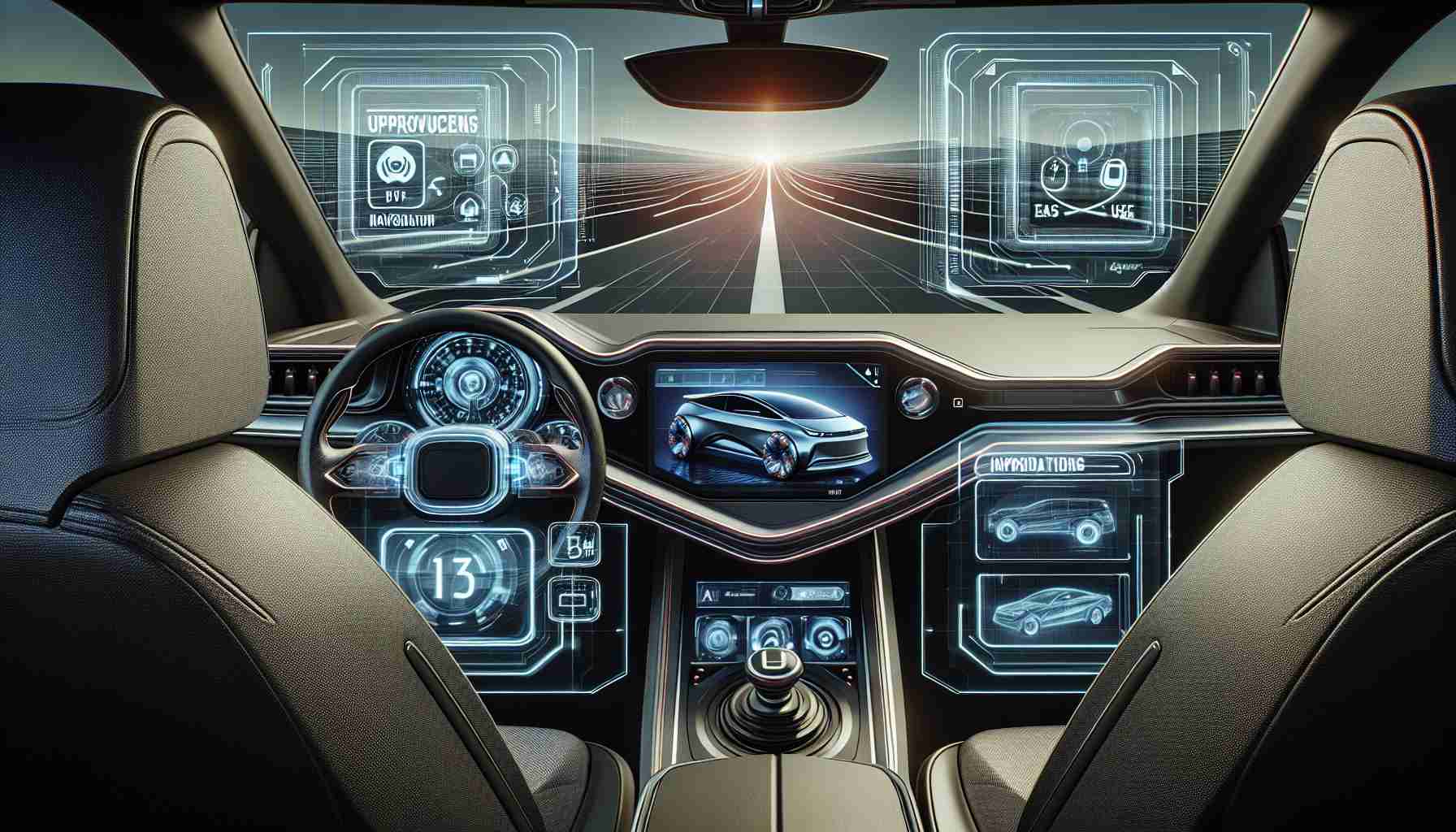Google’s in-car systems are poised for revolutionary enhancements with the recent announcements at Google I/O 2024. With a user base of over 200 million vehicles compatible with Android Auto and nearly 40 car models featuring Google built-in technologies, Google is stepping up its game to integrate more sophisticated features and applications into automotive environments.
Expansion of Android Auto Services
Exciting times lie ahead for Android Auto users, who will soon find the addition of popular apps like Uber directly accessible from their car displays. This development signifies a leap in convenience for drivers, facilitating ride and order acceptances as well as navigation through their vehicle’s integrated screens, thereby reducing phone dependency.
For vehicles equipped with the Android Automotive OS, Google Cast makes a grand entrance, initially in Rivian models. This innovation lets users stream video content from iOS and Android devices onto their car screens, although usage is restricted to parked scenarios for safety. This feature extends possibilities for third-party developers, whose video streaming apps will gain new automotive platforms.
Enhanced Entertainment and Gaming Options
In the realm of entertainment, Google is set to enrich the in-car experience with the introduction of applications such as Max and Peacock, expanding the range of multimedia content accessible to passengers and drivers alike. Additionally, gamers will be delighted with the availability of games like Angry Birds in vehicles featuring Google built-in capabilities.
Supporting Developers with Improved Tools and Programs
Google remains committed to addressing the unique challenges developers face when creating car-friendly apps. New app quality tiers have been established to categorize apps according to their level of car adaptability, from ‘Car ready’ to ‘Car differentiated’ standards. To further aid developers, Google is launching the ‘Car ready mobile apps program’, which promises to streamline the process of making apps available on Android Auto and Google built-in cars. Complementing this initiative, Google introduces new emulators and app categories tailored for diverse screen formats, aiming to simplify the development and testing process.
Together, these advancements underscore Google’s dedication to enhancing the driving experience and fostering a developer-friendly ecosystem within its in-car service offerings.
Important Questions and Answers
What is the anticipated impact of these enhancements on driver safety?
Google’s in-car enhancements are designed to minimize driver distraction by incorporating apps and features directly into the vehicle’s systems, reducing the need to handle a mobile device while driving. However, it is essential to ensure that in-car apps and features are safe to use while the vehicle is in motion, and that they comply with road safety regulations.
How might the proliferation of in-car entertainment options affect the driving experience?
While the new entertainment options provided by Google may improve passenger experience, they also carry the risk of distracting the driver. Features like Google Cast are restricted to when the vehicle is parked, ensuring the driver’s focus remains on the road during transit.
What are the challenges developers may face in creating car-ready applications?
Developers must consider the safety implications, legal regulations, varied screen sizes, and driver interactions when crafting applications for in-car systems. Google’s new tools and programs aim to help developers navigate these complexities.
Key Challenges and Controversies
The introduction of in-car technology advancements must balance between enhancing the driving experience and ensuring road safety. A controversial aspect may include concerns over data privacy and security, as more sophisticated systems could potentially increase the vulnerability to hacking and data breaches.
Advantages and Disadvantages
Advantages:
– Increased convenience for drivers with direct app access reducing mobile phone distractions.
– Expanded entertainment options could enhance the passenger experience during long trips or while waiting.
– Facilitation for developers to create car-adapted applications, potentially increasing the variety of apps available for in-car systems.
Disadvantages:
– Potential safety risks if drivers become distracted by the various multimedia options available.
– Data privacy and security concerns as vehicles collect and process more user information.
– The digital divide could be exacerbated if these features are only available in high-end models or newer vehicles.
For additional information related to Google’s advancements in in-car technology, you can visit the following links:
– Google Automotive
– Android Auto
Please note that these links lead to the main domains for Google Automotive and Android Auto, which are official sources of information about Google’s in-car technology services.
